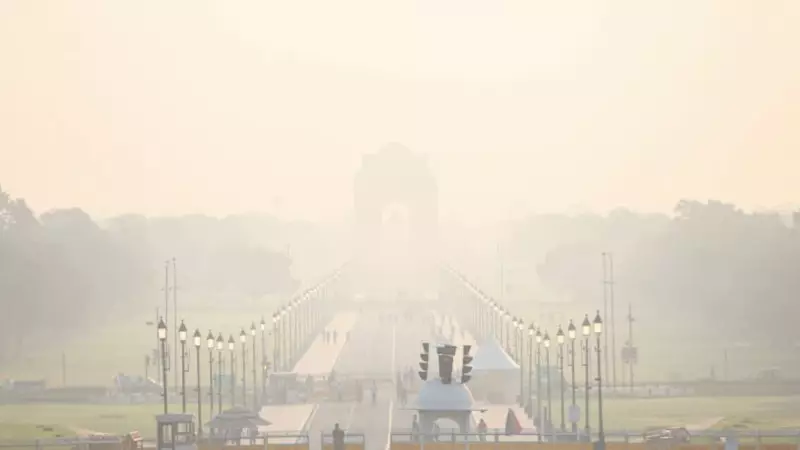
As winter tightens its grip across the Indian subcontinent, the India Meteorological Department (IMD) has issued a sobering forecast about the nation's air quality. Major urban centers including Delhi, Mumbai, Kolkata, and Pune are bracing for a significant deterioration in air quality conditions in the coming weeks.
The Winter Pollution Pattern
According to senior IMD scientist Dr. Naresh Kumar, the combination of falling temperatures, reduced wind speeds, and specific meteorological conditions creates a perfect storm for pollution accumulation. "As winter progresses, we typically observe a decline in air quality across northern and central India," Dr. Kumar explained.
The science behind this seasonal phenomenon is clear: colder temperatures cause air to become denser and settle closer to the ground, effectively trapping pollutants. Meanwhile, slower wind speeds fail to disperse these harmful particles, allowing them to accumulate to dangerous levels.
Regional Variations in Air Quality
The impact varies significantly across different regions:
- Northern India: Delhi and surrounding areas face the most severe conditions, with the Air Quality Index (AQI) frequently entering the "very poor" to "severe" categories
- Eastern India: Kolkata experiences moderate to poor air quality, though conditions are generally less extreme than in the north
- Western India: Mumbai maintains relatively better air quality, typically ranging from moderate to satisfactory levels
- Central India: Pune shows variable conditions, with AQI fluctuating between moderate and poor categories
Weather Systems Influencing Pollution Levels
Several meteorological factors are contributing to this worrying trend:
- Western Disturbances: These weather systems significantly impact wind patterns and pollution dispersion capabilities
- Temperature Inversions: The characteristic winter phenomenon where warm air traps cooler air beneath it, preventing vertical mixing
- Reduced Mixing Height: The layer where pollutants can disperse becomes shallower during winter months
- Calm Winds: Minimal air movement allows particulate matter to accumulate near the surface
Long-term Outlook and Health Implications
The IMD predicts that these challenging conditions will persist throughout the winter season, with some improvement expected only after February. This extended period of poor air quality raises serious public health concerns, particularly for vulnerable populations including children, elderly citizens, and individuals with pre-existing respiratory conditions.
Healthcare experts recommend taking precautionary measures such as limiting outdoor activities during peak pollution hours, using air purifiers indoors, and wearing N95 masks when air quality deteriorates significantly.
As India's urban centers prepare for another difficult winter, the IMD's warning serves as a crucial reminder of the ongoing battle against air pollution and the importance of both immediate protective measures and long-term environmental solutions.





